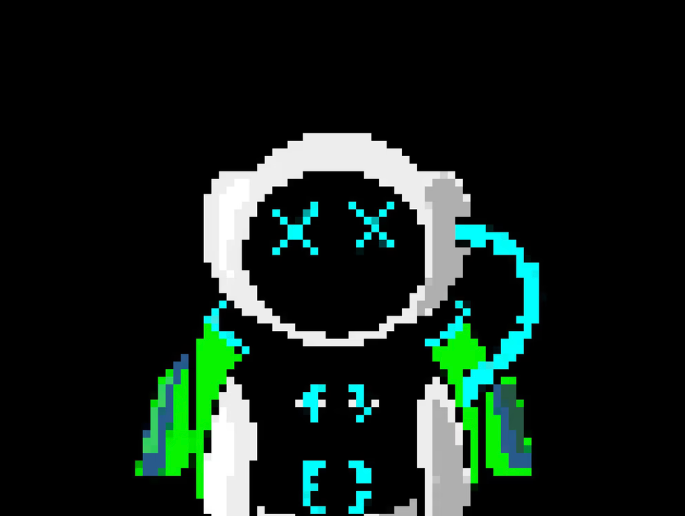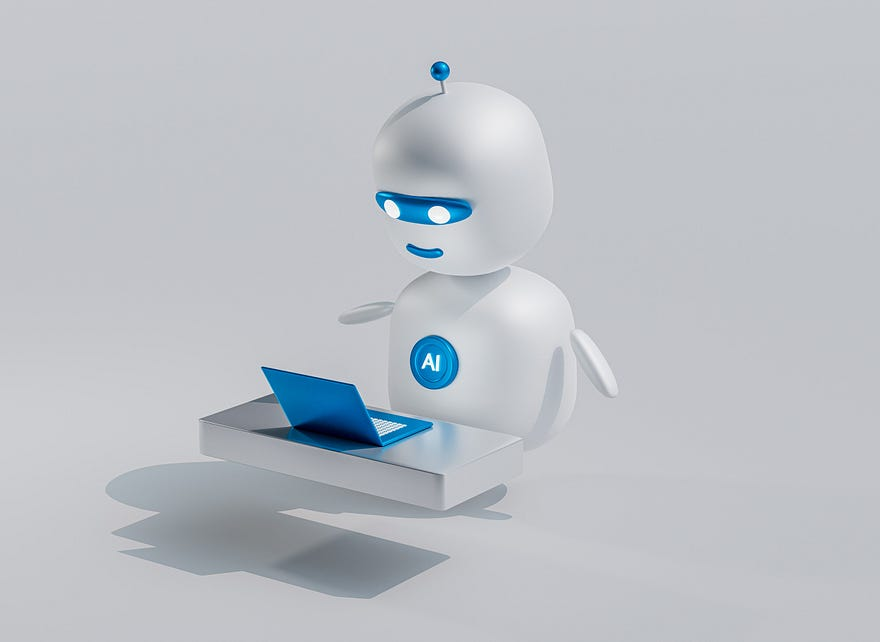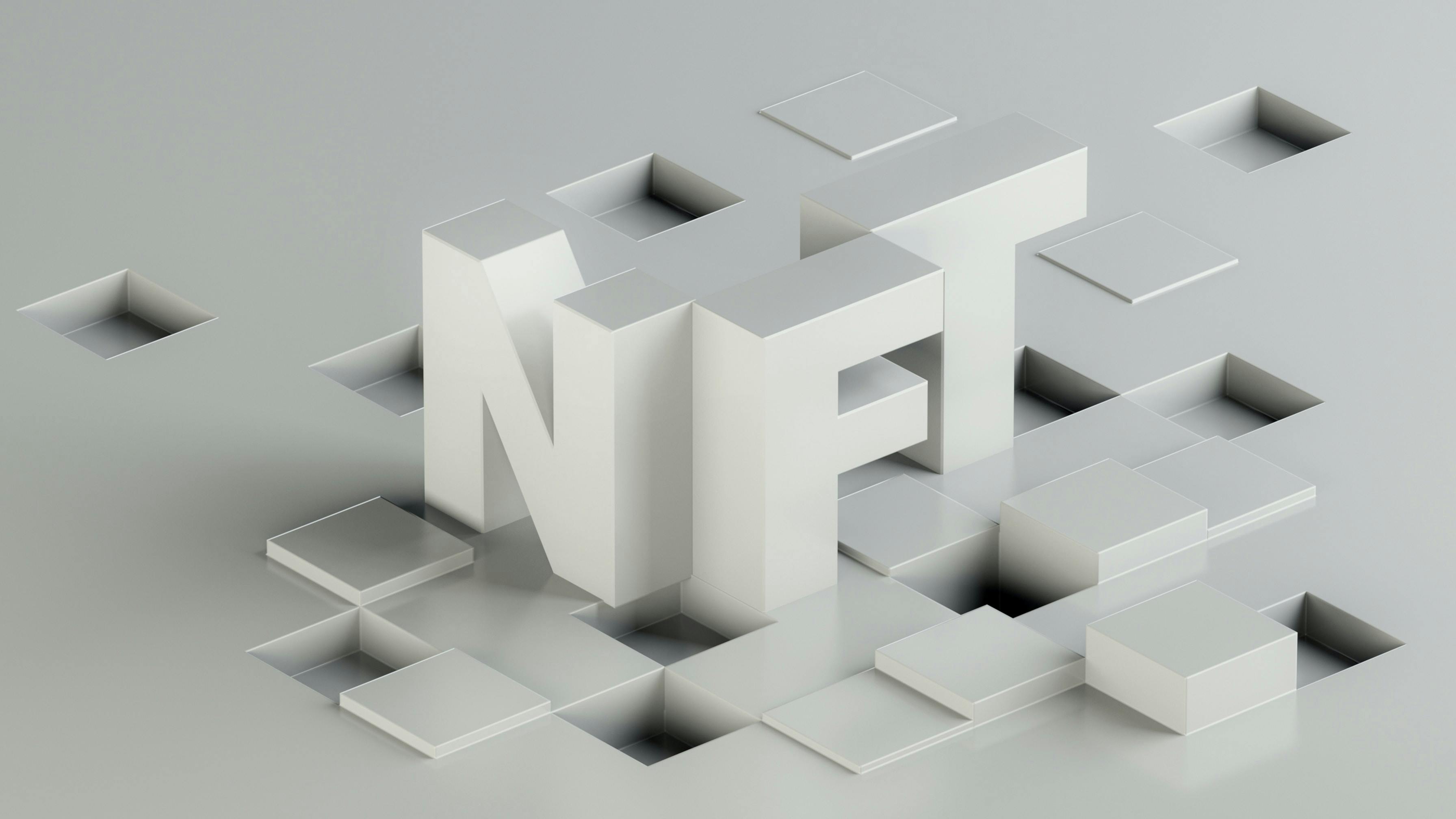NFT stands for Non-fungible Token. Let's understand this using a simple example. If I ask, "Will you exchange my 1 dollar with your 1 dollar?". You'll be surprised, or you may think they both are the same, god, dammit, and you'll be right.
There is no distinction between 1 dollar. A dollar in Washington will be the same in New York. That is why we call it fungible; fungible means replaceable by another identical item.
Let's talk in crypto terms, shall we?
If I have one ether and you have one ether. They both are the same. It's not like your one ether values more than mine.
But there is something different when we talk about NFTs. They are not the same, even if they look the same.
NFTs are simply ERC-721 tokens. Just like ETH or UNI are ERC-20 tokens.
ERC-721 is a standard for non-fungible tokens (NFTs) on the Ethereum blockchain. Unlike fungible tokens such as cryptocurrencies (e.g., ERC-20 tokens), each ERC-721 token is unique and indivisible. This uniqueness makes ERC-721 tokens suitable for representing ownership or proof of authenticity of assets, such as digital art, collectibles, game items, and more.
Alright, let's dive deeper into understanding ERC-721
Basic Structure:
- Each ERC-721 token has a unique identifier (ID) called a token ID.
- Ethereum addresses can own tokens, and ownership can be transferred between addresses.
- The contract implementing the ERC-721 standard keeps track of token ownership and facilitates token transfers.
Key Concepts:
- Non-Fungibility: As discussed above, ERC-721 tokens are non-fungible, meaning each token is distinct and cannot be exchanged on a one-to-one basis like fungible tokens.
- Ownership and Transfer: Each token can be owned by a single address at any given time, and ownership can be transferred using specific functions defined in the ERC-721 standard.
Functions and Events:
This selection is specifically for the tech people; you may skip it if you want. I'll be going through the basic functionalities that an ERC-721 token has.
- balanceOf: Retrieves the number of tokens owned by a specific address. Note: this function is also present in ERC-20. I have written an article on ERC-20 and BRC-20. You can check it out to get an in-depth understanding. BRC-20 and ERC-20
- ownerOf: Retrieves the current owner of a specific token.
- safeTransferFrom: Transfers ownership of a token from one address to another, with an optional callback function to handle the receipt of the token by the recipient.
- transferFrom: Same as safeTransferFrom, but without the callback function.
- approve: Approves another address to transfer a specific token on behalf of the owner.
- getApproved: Retrieves the address approved to transfer a particular token.
- setApprovalForAll: Approves or revokes the ability of another address to transfer all tokens on behalf of the owner.
- isApprovedForAll: Checks if an address is approved for transferring all tokens of a particular owner.
Optional Extensions:
- Metadata: Many ERC-721 contracts include optional metadata extensions (ERC-721 Metadata) that provide additional information about the token, such as name, symbol, and URI for retrieving external metadata. If you visit OpenSea, you'll see that few NFTs contain an unlockable asset, where they can get some additional asset on top of the original NFT; it can be a ticket, an HD preview of the asset, or a license.
Use Cases:
- Digital Collectibles: ERC-721 tokens have been widely used for creating and trading digital collectibles, providing verifiable ownership and scarcity to digital assets. E.g., Jack Dorsey made an NFT out of his first tweet.
- Gaming: NFTs based on ERC-721 are used in various games, allowing players to own and trade unique in-game items or characters. You can think of Axie Infinity. To play the game, you have to buy three cute little NFTs, like Pokemon, each will have unique powers, and you can then use them to battle.
- Art and Creativity: Artists and creators leverage ERC-721 tokens to sell and authenticate digital art, granting buyers proof of ownership and provenance.
- It's important to note that ERC-721 is just one standard for NFTs, and other standards like ERC-1155 have also gained popularity for representing fungible and non-fungible assets.
If you are one of the NFT creators, you might have encountered the option to Mint multiple NFTs representing the same artwork.
An NFT creator can define the total supply of an NFT and mint multiple tokens representing the same artwork, allowing them to be transferred to different addresses. How does that align with the concept of non-fungibility?

NFT from OpenSea, made by me
While the tokens may look identical, each token has a distinct token ID associated with it, making it unique within the contract. These token IDs differentiate one token from another, even if they represent the same asset or have the same visual content. Each token can be owned by a different Ethereum address, and ownership can be transferred separately for each token.
So, although visually similar, each token is still treated as an individual, unique item with its own ownership and transfer history. This uniqueness and indivisibility make ERC-721 tokens non-fungible.
It's important to note that the non-fungibility of ERC-721 tokens refers to their distinct nature on the blockchain rather than their visual or content similarities.
The non-fungible property allows for unique ownership, provenance, and authentication of each token, even if they share similar characteristics.
You might say, What's the point of it then?
Actually, the point of ERC-721 tokens, despite their visually similar appearance, lies in their underlying properties and the use cases they enable. E.g.
- Ownership and Authenticity: ERC-721 tokens provide a way to represent ownership and prove the authenticity of unique assets, such as digital art, collectibles, or game items. Each token's unique ID establishes a verifiable link between the token and its associated asset, allowing for provenance tracking and establishing ownership rights.
- Scarcity and Rarity: ERC-721 tokens can enforce scarcity and rarity within a digital ecosystem. The limited supply of unique tokens can create a sense of exclusivity and value. This is particularly relevant in the realm of digital art and collectibles, where the scarcity of specific tokens can impact their desirability and market price. Just look at the price of Bored Ape.
- Gaming and Interoperability: NFTs based on ERC-721 are utilized in various gaming applications, allowing players to own and trade unique in-game items or characters. These tokens can be seamlessly integrated into different games and ecosystems, enabling interoperability and creating new possibilities for player ownership and asset utilization.
- Proof of Authenticity and Provenance: By representing assets as ERC-721 tokens on the blockchain, a transparent and immutable record of ownership and transaction history is maintained. This ensures the authenticity and provenance of the asset, addressing concerns related to counterfeit or replicated items.
- Royalties and Secondary Sales: ERC-721 tokens can be programmed to include royalty mechanisms, allowing creators to earn a percentage of future sales when their tokens are resold in the secondary market. This provides ongoing revenue streams for artists and creators, even after the initial sale of their work.
Who decides the rarity?
Of course, the owner decides the rarity. It wouldn't make sense if someone came and told you what they think about your art. It is the author who defines the characteristics that determine the rarity. E.g., the author minted 1000 NFT, but only one had a particular feature, and that characteristic can be anything, like some invisibility power; again, think of it like Pokemon. Some Pokemon are more valuable than others because of their abilities.
The creator can assign different rarity levels to specific tokens based on their attributes, scarcity, or other desired criteria.
I hope this article has served its purpose of explaining the NFTs or ERC-721 standard.

Thank You
I thank you for giving your valuable time to read this article.
References:

